Beyond Architecture: Rethinking Our Relationship With Architecture
“Beyond Architecture: Fieldoffice Architects + 7 Artists Joint Exhibition” will be presented from February 11 to April 23 in a collaboration by the Museum of Contemporary Art Taipei (MOCA) and Fieldoffice Architects. Curated by veteran architecture curator Chun-Hsiung Wang, the exhibition will take an unconventional approach to laying out the nature and context of Fieldoffice’s architecture, using a cross-disciplinary and multi-layered interpretation to challenge the established imaginary framework of “architecture” and open up multiple possibilities in which the audience can reimagine architecture, unconfined by assumptions. Participating artists include Ming-Liang Tsai, Yi-En Chen, Aaron Nieh, Kuo-Liang Chiang, Sheng-Feng Lin, Chung-Han Yao and Sheng-Yuan Huang. Visitors will be taken through a series of dialogues developed in response to the exhibition theme to experience architecture’s unpredictability. By presenting a variety of scenes in which these seven artists meet, collaborate with, and even collide with Fieldoffice architecture along different pathways and in different contexts, the exhibition invites the viewer to contemplate: In today’s world, what is architecture? What is its purpose? The Chinese term for architecture used today, jianzhu (建築), was introduced to Taiwan during Japanese rule, within the context of a colonial programme of modernization. The Japanese word for architecture was encoded with the kanji characters “建築” in the late 19th century, during the Meiji Restoration Period. The term architect (“chief builder”) comes from the ancient Greek and was first used during a period when architecture was considered the foremost art and the architect the leader and integrator of all arts. For over two millennia, the term “architecture”, invented from a production perspective, has been revived several times as a sacred cognition that the Western architectural profession tries to maintain within itself. In the context of colonial modernization, a similar profession and its cognition have been established in Taiwan for more than a century as of today. However, for the layperson, architecture is a class of everyday objects. Like other artificial objects, architectural objects both have material significance in their use and also encapsulate and even shape the people who use them. In symbolic terms, everyday objects can be interpreted in a multitude of ways. The same thing can convey different meanings to different people, and conversely one meaning can be conveyed in many ways by different objects to different people. It follows that there is no such thing as “neutral” architecture, and that there is no unified, single or unique meaning in the way people understand and perceive architecture. Thus, architecture is not defined by the architectural profession alone—architecture represents a professional mythos. Creation cannot spring from nothing. The creation of meaning or symbolism is only a reconstruction of the original meaning, and the conferment of new meaning is always derived from the original meaning. Architecture perceived from a production standpoint is not entirely aimless; it is also an integral part of the process of construction and reconstruction of meaning, but one must remember that it is only but a part of the whole. Architecture is thus a never-ending process that is open to understanding and interpretation. It does not last forever, it never reaches an endpoint and there is no way to predict what the next meaning will be. Through space, the construction and recreation of meaning in architecture is no longer just a conceptual sense, but an aesthetic experience that allows for genuine feelings, emotions and a unique all-encompassing sense. Thus, architecture is a process of construction imbued with many meanings. In this way, people continue to change architecture on the basis of their own understanding and imagination, and in the same way architecture continues to change the way people perceive and think about themselves. Architecture is a junction between the real and the imagined, a place that accommodates multiple meanings, a place where the self and the other openly communicate, ideas overlapping, being fine-tuned and transforming. Fieldoffice Architects was founded by architect Sheng-Yuan Huang in Yilan to be an architectural practice that is profoundly integrated with local life and the environment, and connects various craftsmen to their creative lives in a variety of open approaches. The contributors to this exhibition have all been involved in Fieldoffice Architects in various functions. This exhibition can be imagined as a miniature piece of architecture: through the interpretation of the buildings in the center of the field, it openly invites not only exhibitors but also viewers to overlap and change, to create meanings and understand each other, to make and reshape relationships between previously unconnected worlds. Beyond architecture, the exhibition serves as a link between different worlds. During the exhibition, four performances by Chung-Han Yao and four by Yi-En Chen will run concurrently, allowing an exploration of architecture’s temporal dimension. This is another characteristic of Fieldoffice Architects: when architecture knows that it is no longer eternal, it has to submit to time and make peace with it. These eight events will take place as interactive performances, and the results will form a part of the exhibition. For exhibition information and event registration, visit the MOCA Taipei website or Facebook fan page. ▍Beyond Architecture—Rethinking Our Relationship With Architecture Exhibition Period│February 11 to April 23, Tuesday to Sunday, 10 a.m.–6 p.m. Venue│Museum of Contemporary Art Taipei (No. 39, Chang'an West Road, Taipei City, Taiwan 103) Ticket Price│NT$100 Contact│02-2552-3721 Image courtesy of Sheng-Yuan Huang
Image courtesy of Sheng-Yuan Huang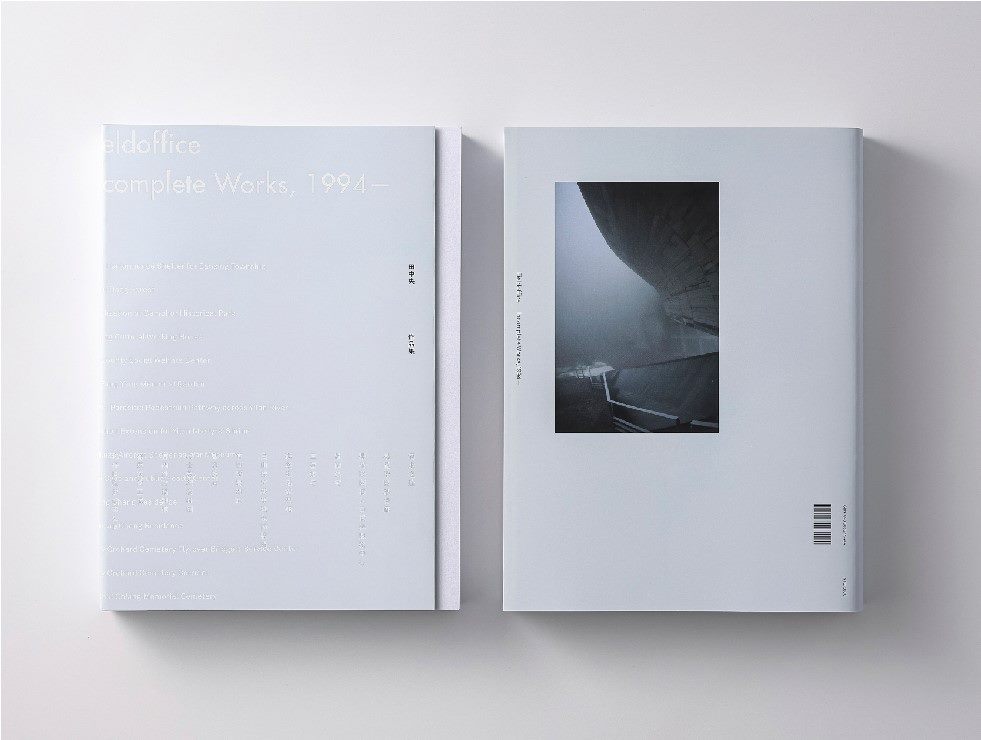 Image courtesy of Aaron Nieh
Image courtesy of Aaron Nieh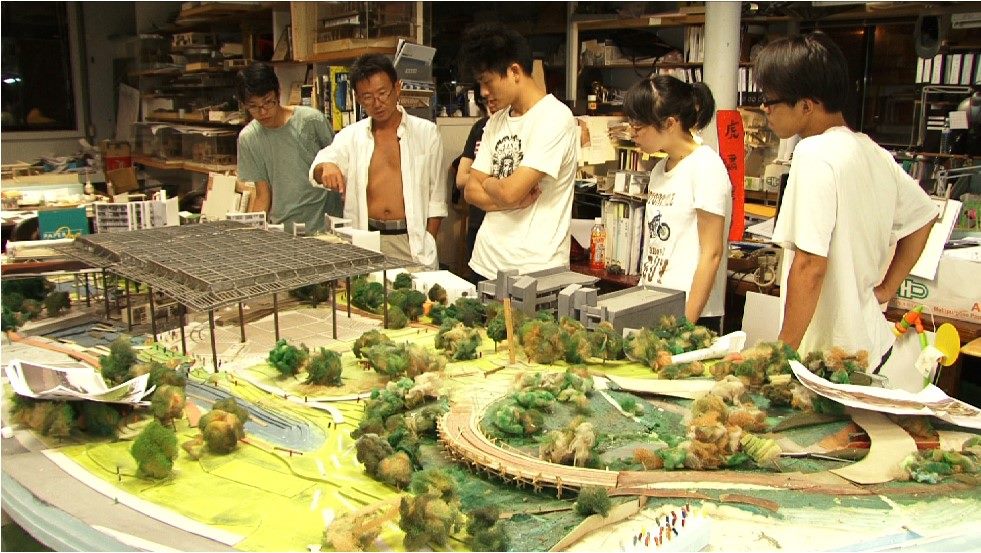 Image courtesy of Kuo-Liang Chiang
Image courtesy of Kuo-Liang Chiang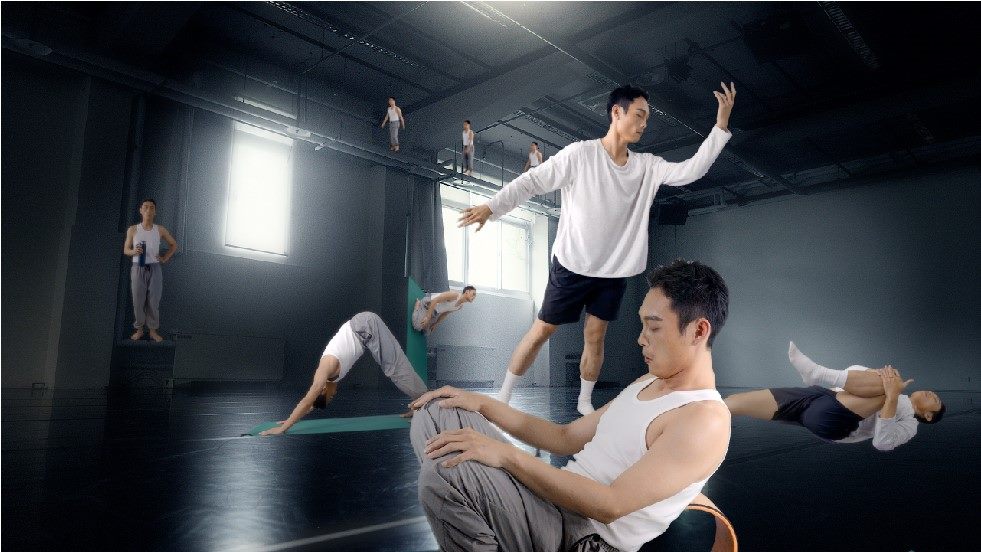 Image courtesy of Yi-En Chen
Image courtesy of Yi-En Chen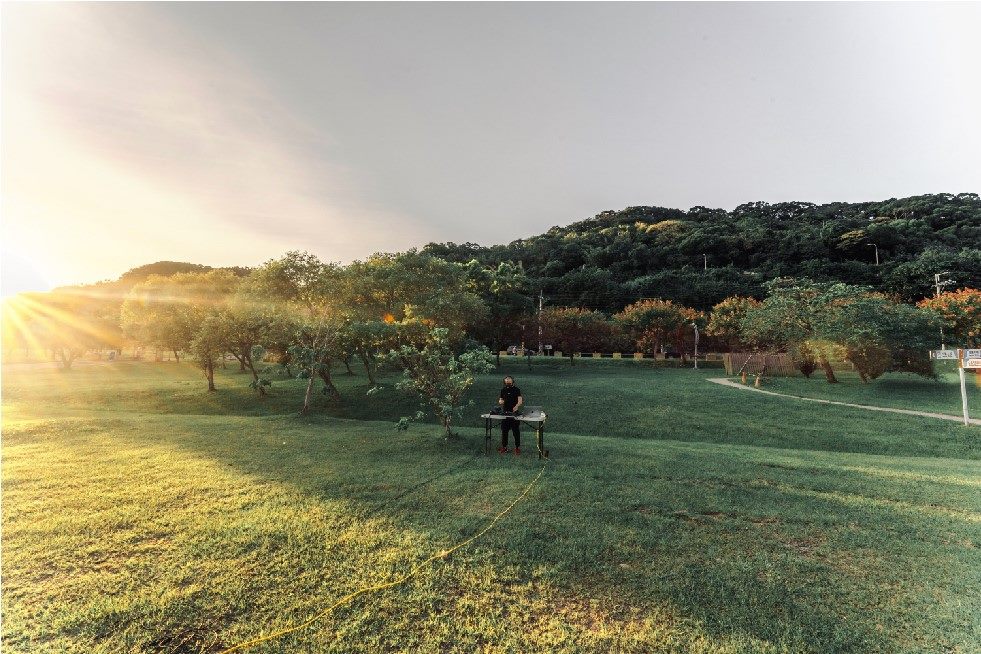 Image courtesy of Chung-Han Yao
Image courtesy of Chung-Han Yao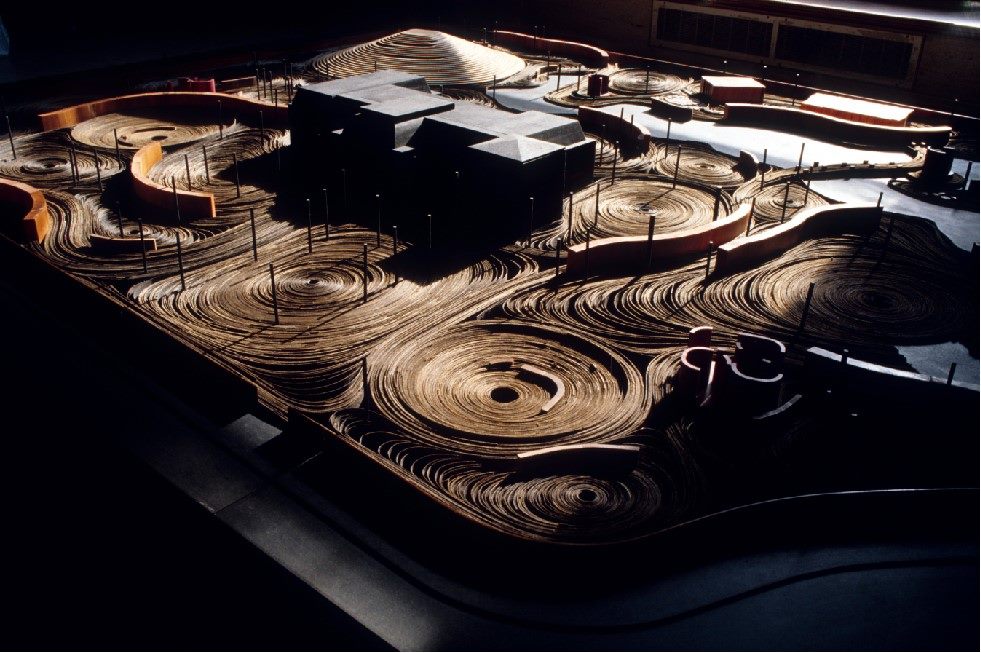 Image courtesy of Sheng-Feng Lin
Image courtesy of Sheng-Feng Lin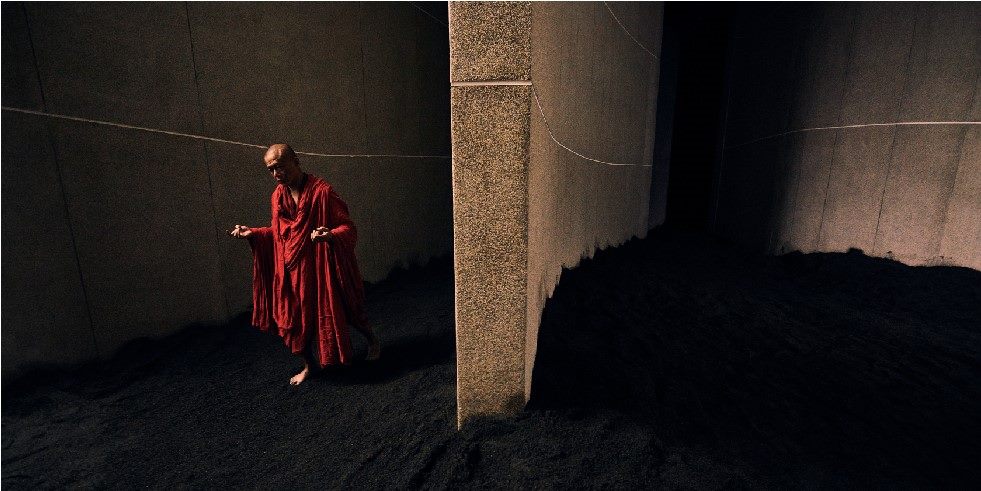 Image courtesy of Ming-Liang Tsai
Image courtesy of Ming-Liang Tsai
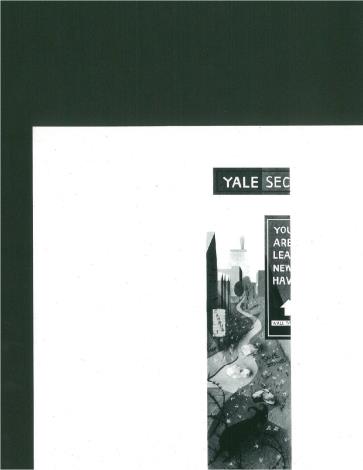
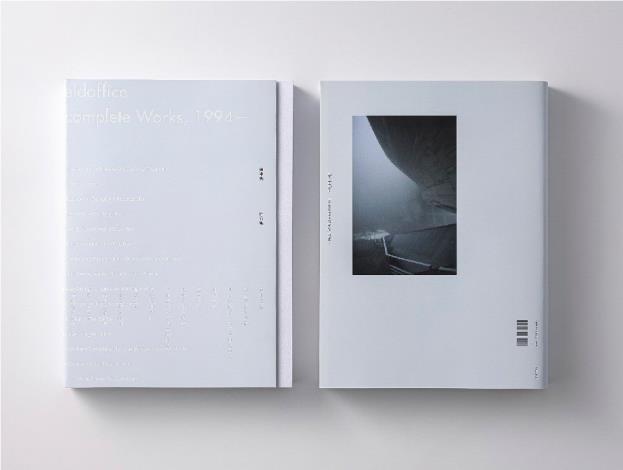
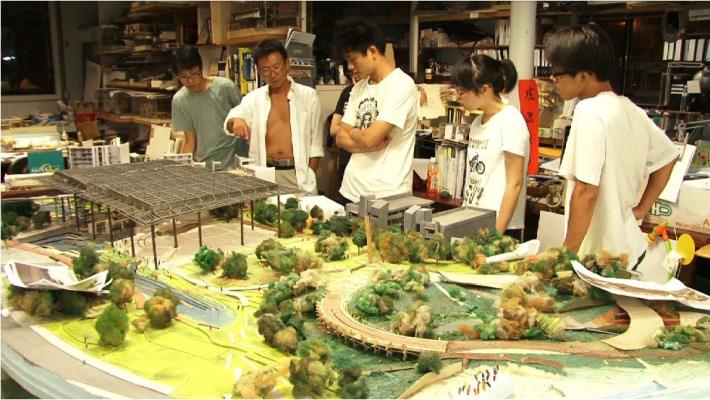
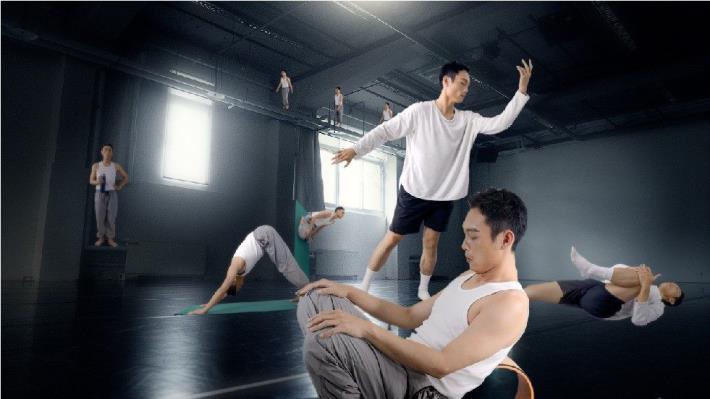
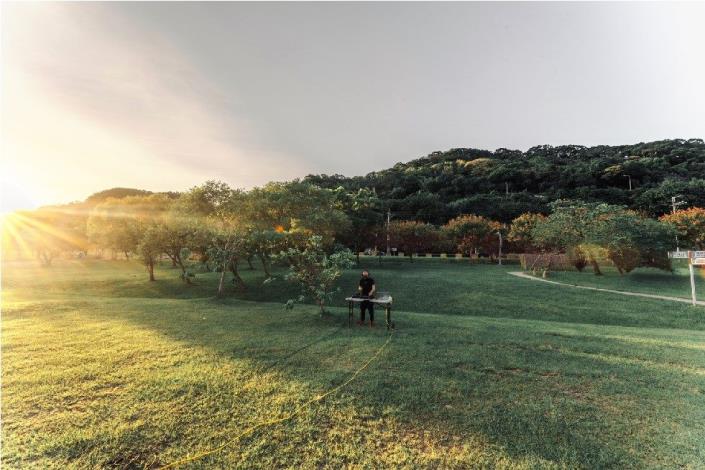
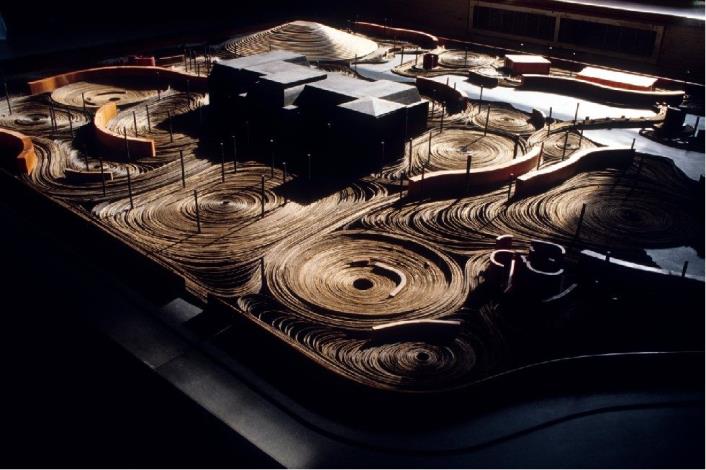


![Taiwan.gov.tw [ open a new window]](/images/egov.png)
